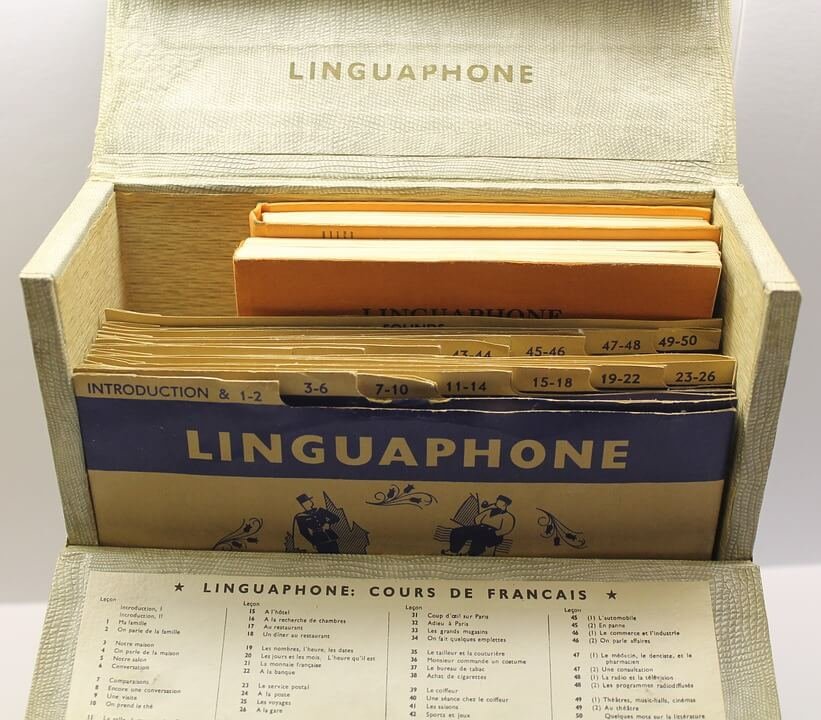Take your business global? Learn how you can market to foreign customers when you don’t speak their language through different translation strategies.
As the world increasingly becomes one global community, more and more businesses are looking at the prospects of venturing into international markets. Now, it is easier for companies to expand their operations beyond their national borders, and many have already exploited this opportunity. But in as much as exploring international markets is a lucrative option, one major problem presents itself- language barriers. How do you communicate about the product or services you are selling if you don’t speak the target market’s language?
In this article, we’ll tell you how you can market to a foreign market that does not speak the same language as you through translation. Keep reading.
Using the Services of a Translator

Enlisting for the services of a professional translator is vital if you want to create a niche for your business in a country that speaks a different language. Why? Customers will be more willing to buy what you are offering if it is marketed to them in their local language- even if they use English as a second language. So, you should leverage translation to tailor your message for the audience in question.
While you may have bilingual employees who you believe can do the job just as well, many experienced translators possess adequate knowledge of the native language and culture from living in the area where the language is spoken. Plus, expert translators have localization skills (discussed later in this article). So, they are better placed to convert your marketing message to a form that is not just understandable but also relevant to the target audience.
A freelance online translator would be best if you need translations to just one language and market. However, if you plan to launch your marketing campaign to multiple markets, a professional translation service, which would ideally have translators for the different languages you are targeting is the best choice.
What Is Localization and Why You Need It

While machine translation online will convert your message to your intended language, it will translate it word for word, which then creates another problem. Word-to-word translations, especially for longer texts, can alter the meaning of the message or render it meaningless. The translation must accurately preserve the essence of your content in the target market’s language to attain the goal of your marketing campaign. And that requires intimate knowledge of your potential customers’ culture.
That is what localization is; adapting a product or service to the culture, language, and preferences of a particular population or area. Whereas cultural context is overlooked during direct translations, localization takes into account the following aspects of a region/ people:
• Beliefs
• Traditions
• Symbolism
• Etiquette
• Color sensitivities
• Geographical references
• Gender roles, etc.
Localization will help you know what is appropriate for what culture so that you can adjust accordingly. For example, you may need to remove or change certain graphics or images in your ad so as not to offend, confuse, or amuse your audience. It also helps you make your content functional/ practical; using appropriate data and time formats, units of measurement, currency symbols, phone numbers, and addresses. With localization, your product will appear and feel local to the consumers.
Transcreation: Going Beyond Translation and Localization

In some cases, a translator is required to go a step further beyond typical localization and translation. This way, the marketing message will not only cater to existing cultural differences but will also be adapted in a whole new way.
This process is what is referred to as “transcreation” and is necessary to avoid any unpleasant public relations issues.
Case in point, during the 1970s, the famous diaper company, Pampers, created and ran an effective marketing campaign that had the picture of a stork. In Western cultures, people are well aware of the myth of storks delivering newborns, so the advert was more than well received by the masses. Nonetheless, when Pampers went ahead to launch the same marketing campaign in Japan, it was not as successful; in fact, it failed. Had Pampers utilized the services of a professional transcreation company, and translated their campaign as well, then they would have discovered that the people of Japan do not relate to storks at all. There, infants are delivered on huge floating peaches, and not storks.
Let’s look at another example. Pepsi renamed its whole brand in Argentina after learning that Spanish people in the country experienced trouble pronouncing the “p” at the center of the word. So, after marketing the product as “Pecsi,” the company realized a significant increase in brand recognition and along with it, sales. Comprehending that people were less likely to buy a product which they could not pronounce in their language is an excellent example of how using transcreation can help the launch of a specific brand in a new territory. By going beyond translation and leveraging transcreation, companies get to avoid any embarrassing situations, confusion, hurt reputations, or worse still, loss of revenue.
Winding Up

In conclusion, this article summarizes the things you can do to ensure that you implement successful marketing of your products or services even if you do not speak the native language used in a particular region. That said, it is up to you to ensure that site localization, translation, and transcreation are correctly done. All the same, it is essential to appreciate the fact that not all translation companies have transcreation experts. As such, if you need transcreation services, be sure to settle on a company that lists the service along with translation and localization. Creating a multi-lingual marketing campaign extends beyond translating your messages from the source language to the target language. You have to market your goods or services in a way that is innovative and culturally appropriate.